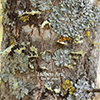Lichens
(Non-taxonomic group)
Overview • Description • Distribution • Taxonomy
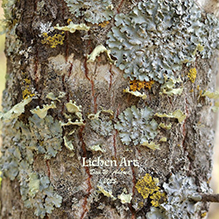
Overview
Lichens are composite organisms composed of a fungus and a photosynthetic partner.
The photosynthetic partner (photobiont) in 90% of all lichens is green algae (phylum Chlorophyta). In the remaining 10% the photobiont is cyanobacteria (phylum Cyanobacteria). Some lichens have both green algae and cyanobacteria as photobionts. Some lichens have a third partner, yeast. It has been suggested that many or even the majority of lichens have a symbiotic relationship with yeast. That would explain why it is difficult to propagate lichens in a laboratory.
Lichens were formerly placed by some taxonomists in the division Mycophytophyta. However, that division is no longer recognized. Lichens are found in many separate lineages. They do not form a single valid taxonomic group. The lowest taxonomic rank that contains all lichens is the fungi subkingdom Dikarya.
Description
Lichens are highly diverse. They are commonly grouped in field guides by morphological type (growth form) and by the surface that they grow on (substrate).
Growth form
Lichens are commonly grouped by growth form. The most common growth forms used in field guides are crusticose, foliose, and fruticose.
Crusticose lichens are crust-like. They adhere tightly to and blend directly into a substrate. They look like they were spray-painted on a substrate.
Foliose lichens appear leaf-like and are divided into lobes. The lower surface is often a different color than the upper surface.
Fruticose lichens look like a leafless shrub or bush. They may grow upright or hang down. The branches may be round or flattened. They may be few, thick, and erect, or many, thin, and draping down.
Other growth forms include scale-like (squamulose), powdery (leprose), jelly-like (gelatinous), stringy (filamentous) and wispy (byssoid).
Substrate
Lichens are also grouped by substrate. They grow on a wide variety of substrates, but in field guides these are commonly limited to ground, rocks, and trees. They also grow on roofs, walls, gravestones, and statues. Some lichens, called vagrant lichens, are not attached or become detached from a substrate and blow about in the wind. There are fewer than 100 species of vagrant lichens, but they occur all over the world, in all kinds of temperature zones.
Distribution |
||
|
Sources Biodiversity occurrence data published by: Minnesota Biodiversity Atlas (accessed through the Minnesota Biodiversity Atlas Portal, bellatlas.umn.edu, 1/10/2025). |
|
| 1/10/2025 | ||
Taxonomy
Kingdom
Fungi (Fungi)
Subkingdom
Dikarya
Subordinate Taxa
Ascomycota ![]()
![]()
Basidiomycota ![]()
![]()
Synonyms
Mycophytophyta
Common Names
lichens
Visitor Photos
Share your photo of this lichen.
This button not working for you?
Simply email us at info@MinnesotaSeasons.com.
Attach one or more photos and, if you like, a caption.
Dan W. Andree |
 |
Lichen Art... That is what this looks like to me. Lichens of all kinds on a tree trunk in Norman Co. Mn. |
Luciearl |
||
 |
 |
|
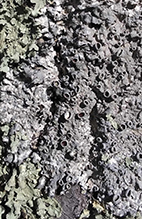 |
 |
|
on a snag. Deeply grooved bark, I think was probably red oak, but not sure. |
|
|
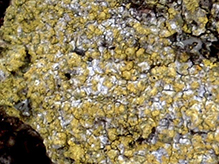 |
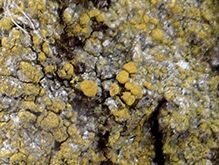 |
|
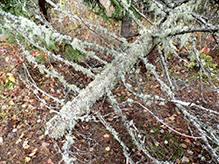 |
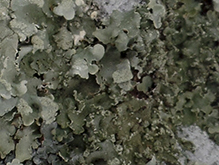 |
|
| … most likely red oak | ||
Alfredo Colon |
||
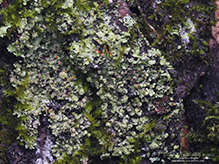 |
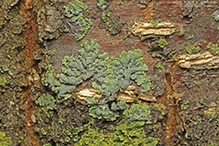 |
|
MinnesotaSeasons.com Photos
|

Slideshows
Mosses and Lichens
Brett Whaley
Lichens
Andrée Reno Sanborn
Lichens
tigerbeatlefreak
LICHEN
blair271

Visitor Videos
Share your video of this lichen.
This button not working for you?
Simply email us at info@MinnesotaSeasons.com.
Attach a video, a YouTube link, or a cloud storage link.
Other Videos
What's in a Lichen? How Scientists Got It Wrong for 150 Years | Short Film Showcase
National Geographic
Lichen: The Mysterious Love Child of Fungi and Algae
Journey to the Microcosmos
Everything You Wanted to Know About Lichen
Richard Vobes
8 Lichens to Know and Love
Ohio Plants Online
HOW TO RECOGNIZE DIFFERENT TYPES OF LICHENS | Lichen growth forms, structures and reproduction
Nature Clearly

Visitor Sightings
Report a sighting of this lichen.
This button not working for you?
Simply email us at info@MinnesotaSeasons.com.
Be sure to include a location.
Dan W. Andree
Fall 2025
Location: Norman Co. Mn.
Lichen Art... That is what this looks like to me. Lichens of all kinds on a tree trunk in Norman Co. Mn.
Luciearl
2/26/2024
Location: Fairview Twp, Cass County
on a snag. Deeply grooved bark, I think was probably red oak, but not sure.
MinnesotaSeasons.com Sightings


